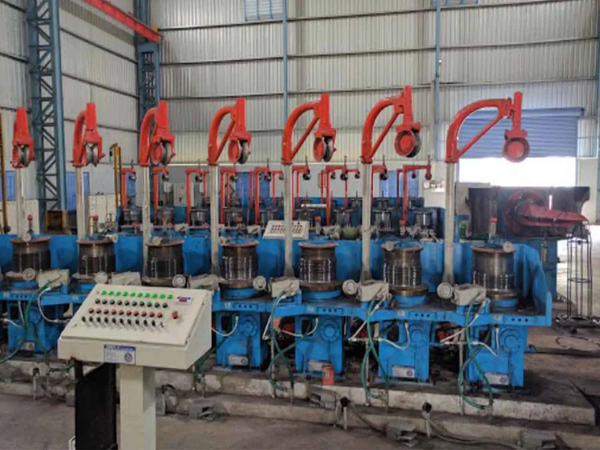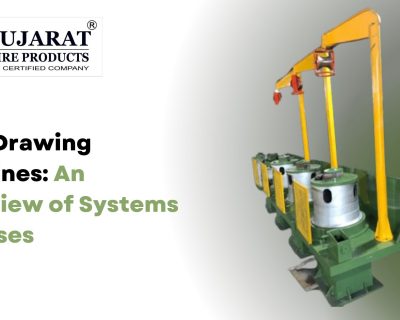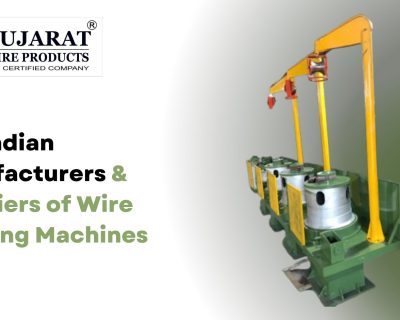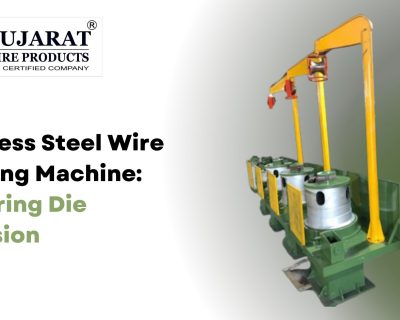Blog

Application and Usage of Wire Drawing
Application and Usage of Wire Drawing
Wire drawing is a metalworking technique that involves dragging the wire through one or more drawing dies to lower the cross-section of the wire. Wire drawing has numerous uses, including the manufacture of cables, tension-loaded structural elements, paper clips, wheel spokes, and stringed musical instruments. Drawing differs from extrusion while having a similar technique, in that the wire is dragged through the die as opposed to being pushed through it.
Types
- Hydrostatic wire drawing
- Bundle wire drawing
Hydrostatic Wire Drawings
It has gained widespread acceptance and is especially well-suited for composites and fragile materials. It is not necessary for the billet to be straight or cylindrical when using hydrostatic extrusion, nor does it have to have a consistent cross-sectional area over its entire length.
Bundle Wire Drawings
Wires made through bundle drawing have more polygonal than rounded cross-sections. We have devised techniques to create FireWire in both continuous lengths and sliced it into various diameters and forms.
Process
- The wire-drawing process starts by placing the coil of wire rod on a spool at the beginning of the machine.
- To initiate the procedure of feeding the wire rod through the machine, you can either chop or slightly flatten the end of the wire rod.
- When the machine has enough “wraps” of wire around the drawing blocks to continue automatic feeding, it uses pulling-in-dogs to drag the intake wire around those blocks.
- To achieve the desired final cross-sectional area, the wire then goes through a series of dies. A coiler that rolls the wire into a coil is located at the machine’s end.
Read More: Polishing Barrel Drum
Please visit our official Facebook Page for updates from us.
For more details about our products, you can Contact Us.





